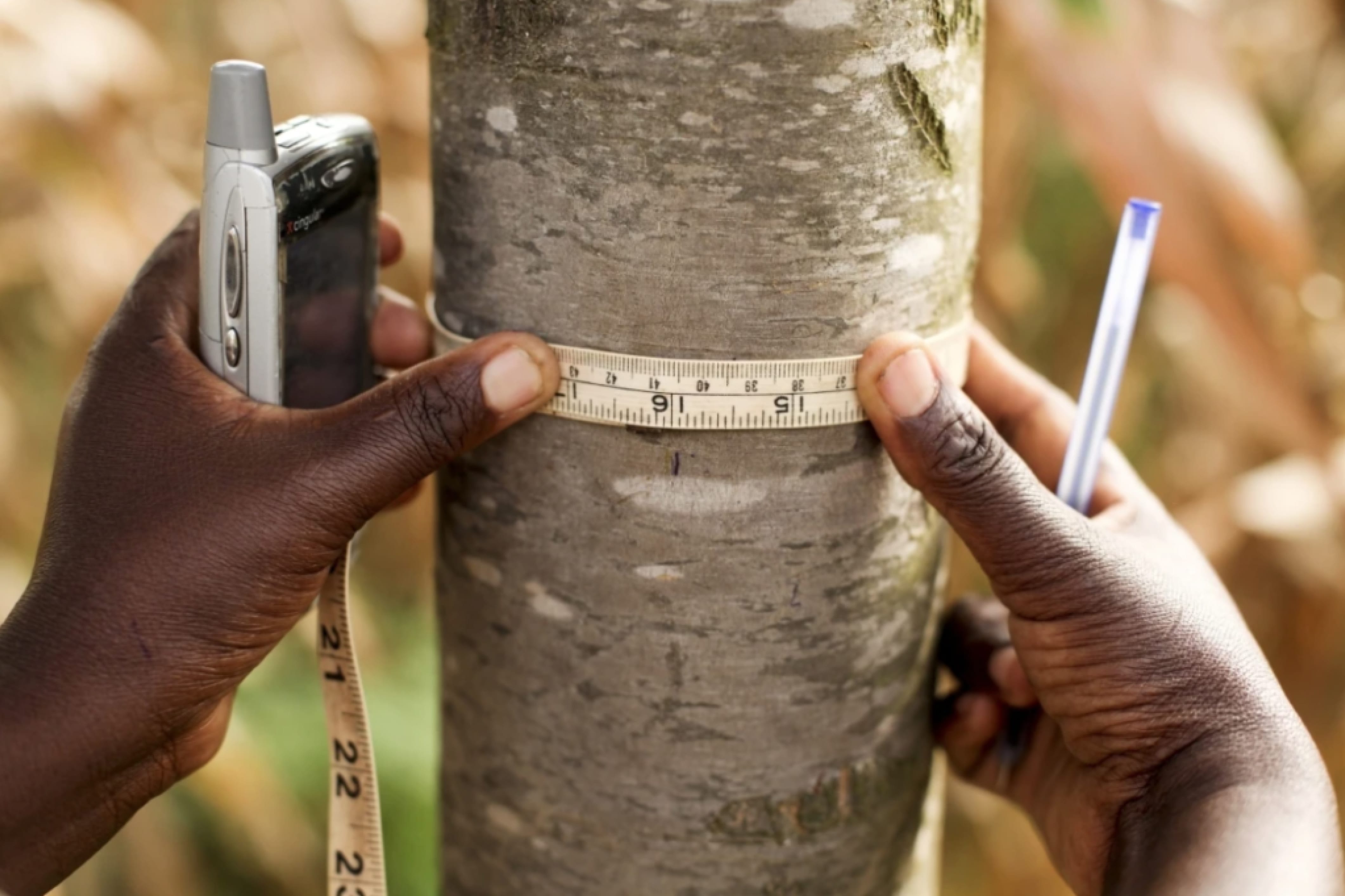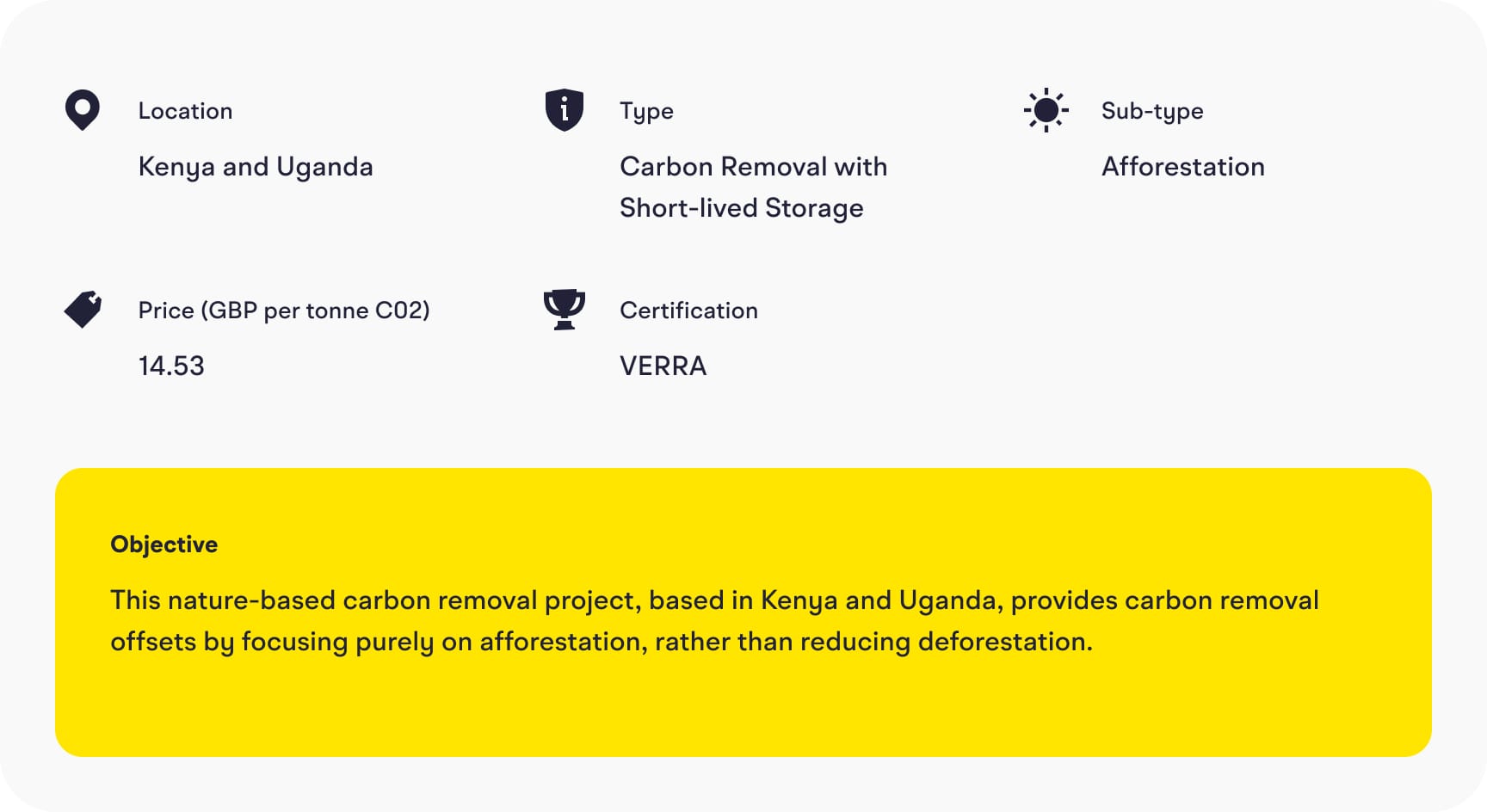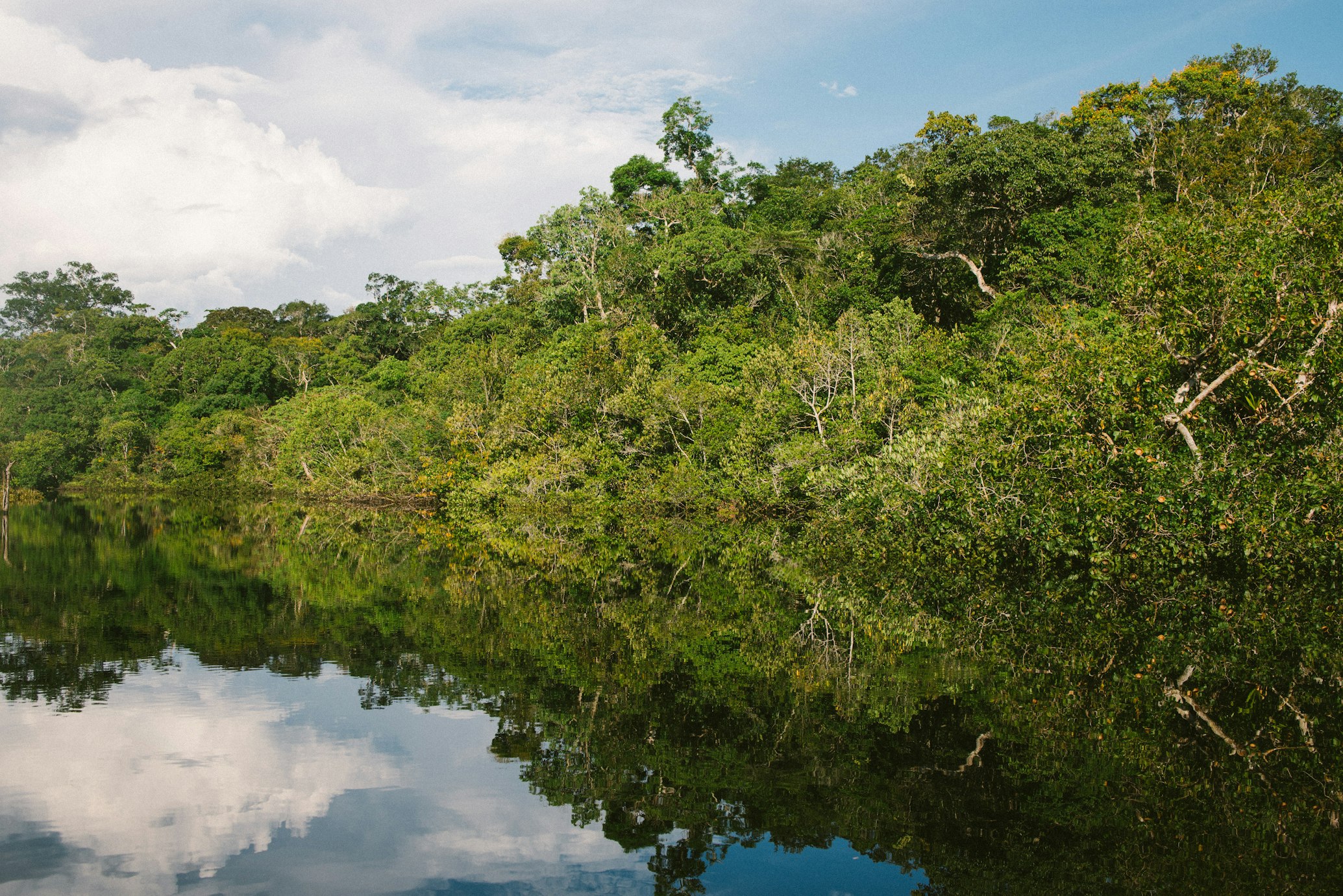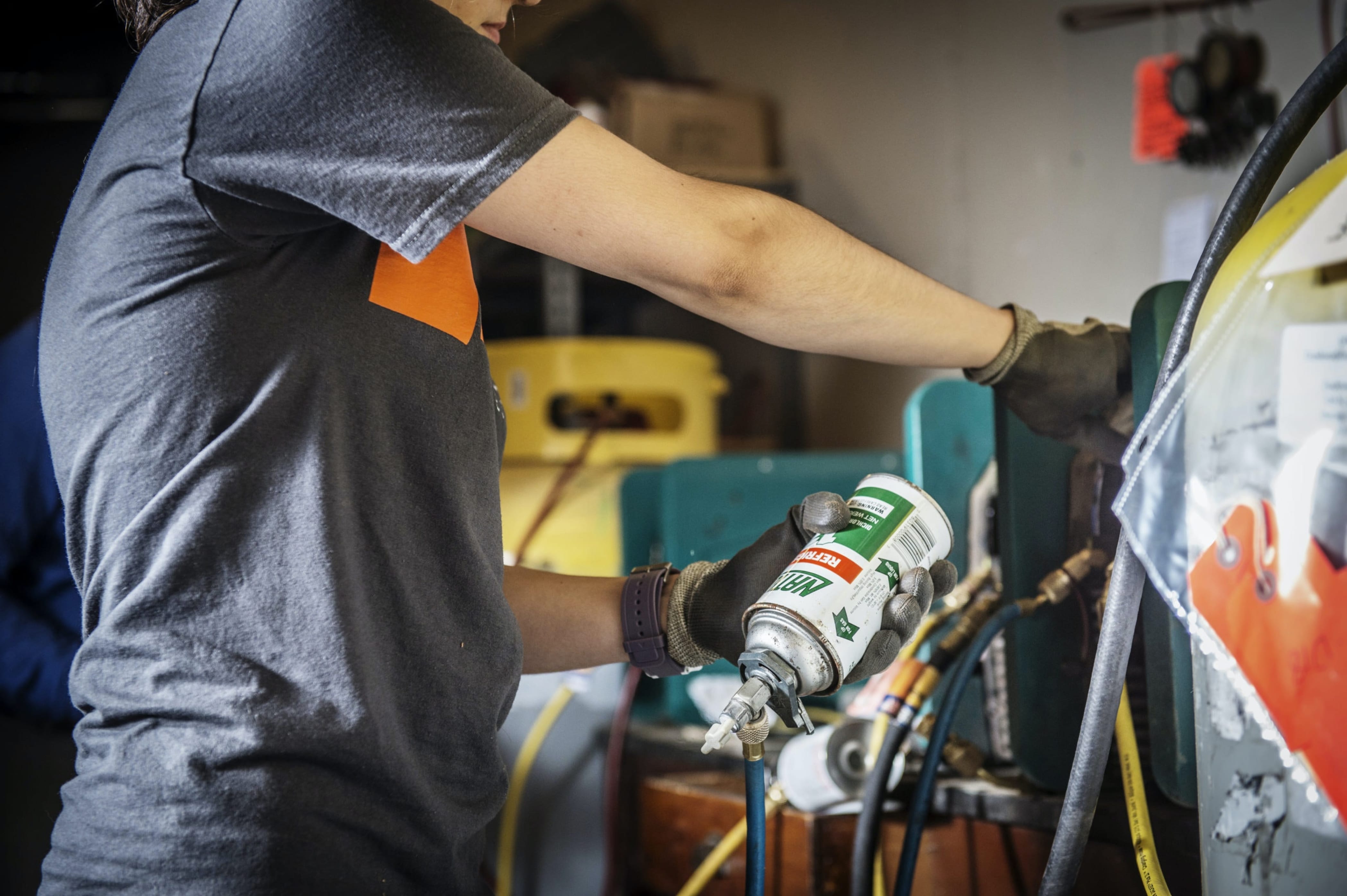Staze Offset Project - TIST

We use our profits to offset the carbon footprint of every hotel booking made on Staze. Our portfolio of projects is aligned to the Oxford Principles for Net Zero Aligned Carbon Offsetting to balance long-term, short-term, carbon removal and prevented emissions.
About this project
TIST is a nature-based carbon removal project, based in Kenya and Uganda, that provides carbon removal offsets by focusing purely on afforestation, rather than reducing deforestation.
TIST focuses on afforestation participants being involved in the leadership of the initiatives as a means to ensuring that the project is sustainable and beneficial to locals. Best-practices for organising initiatives successfully include: small group and cluster structure, rotating leadership (50% of whom are women), seminars to educate locals, and a focus on agroforestry to create economic benefits.

Key benefits
- Community-led project which involves around 110,000 farmers
- Data driven assurance practices which use annual, on the ground measurements to ensure carbon sequestration
- Agroforestry creates economic co-benefits
Criteria
Proven Causality
Very Strong. The TIST carbon removal offsets are created by the new growth of trees planted by the program. The trees store carbon that would otherwise be in the atmosphere and without the program the trees would not exist so there is a direct causal link between the program and the carbon removals.
Additionality
Strong. The program works hard to make sure the trees are valued by the community but the resources required to plant, maintain and monitor the trees comes from the carbon offset funding. Without this the program and certainty around each additional year or growth and new planting could not be assured.
Permanence
Pass. All forestry offsets are challenging to assure regarding permanence, but this project's community driven accountability, emphasis on education and economic value being derived from the trees gives a hight level of assurance.
Secondary Impacts
Very Strong. Significant community and environmental benefits that touch all of the UNSDGs.
Media
Here more from Chris in Kanungu, Uganda, who explains the benefits of planting local species of trees.

